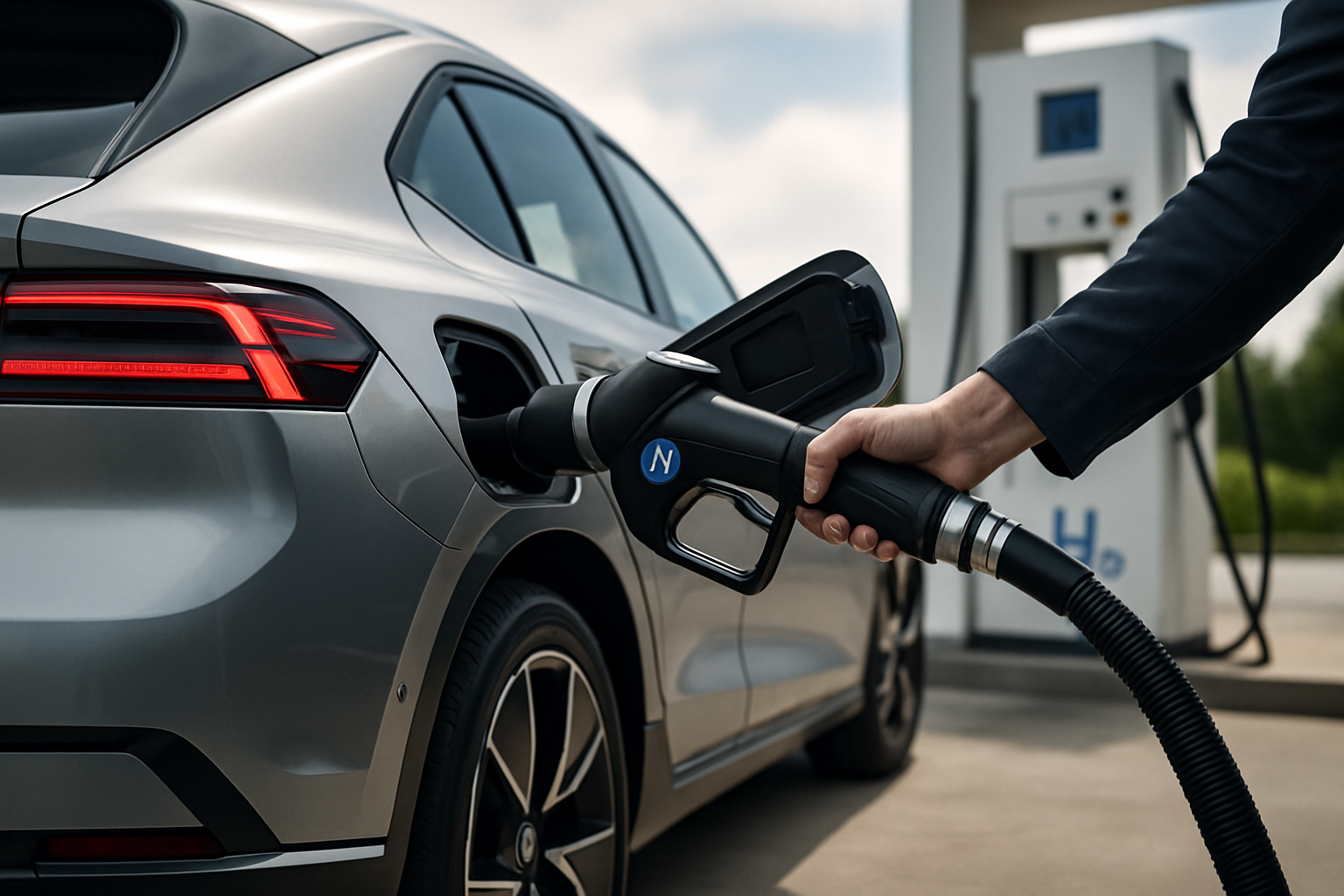Exploring the Untapped Potential of Waste Heat Recovery in Automobiles
The rumble of an engine, the heat radiating from the exhaust – these familiar sensations of driving hold a hidden potential that could revolutionize automotive efficiency. As the automotive industry seeks innovative ways to improve fuel economy and reduce emissions, an often-overlooked technology is quietly gaining traction: waste heat recovery systems. This groundbreaking approach to energy conservation promises to reshape our understanding of vehicle efficiency and pave the way for a more sustainable future on the roads.

This inefficiency has long been accepted as an unavoidable consequence of the combustion process. However, as environmental concerns mount and fuel prices fluctuate, automotive engineers are increasingly turning their attention to this wasted energy. The question that drives their research is both simple and profound: Can we capture and repurpose this heat to improve overall vehicle efficiency?
The Promise of Thermoelectric Generators
Enter thermoelectric generators (TEGs), devices that can convert temperature differences directly into electricity. These solid-state devices rely on the Seebeck effect, discovered over two centuries ago, which describes how a temperature gradient across certain materials can generate an electric current.
In the context of automobiles, TEGs can be integrated into the exhaust system, where they harness the substantial temperature difference between the hot exhaust gases and the cooler ambient air. This temperature gradient can produce electricity, which can then be used to power the vehicle’s electrical systems or charge the battery.
The potential benefits are significant. By converting waste heat into usable electricity, TEGs can reduce the load on the alternator, effectively improving fuel efficiency. Early studies suggest that TEGs could improve fuel economy by 3-5% in conventional vehicles, with even greater potential in hybrid systems.
Rankine Cycle Systems: Turning Heat into Motion
While TEGs offer a solid-state solution to waste heat recovery, another approach borrows from industrial power generation: the Rankine cycle. This thermodynamic cycle, which underpins the operation of steam turbines in power plants, can be adapted for automotive use.
In a vehicular Rankine cycle system, waste heat from the engine is used to vaporize a working fluid (typically water or an organic compound with a lower boiling point). This high-pressure vapor then drives a turbine, generating additional mechanical power that can be fed back into the drivetrain.
The complexity of Rankine cycle systems has historically limited their automotive applications. However, advances in compact heat exchangers and efficient micro-turbines are making this technology increasingly viable. Some studies suggest that Rankine cycle systems could recover up to 10% of waste heat energy, translating to a 5-10% improvement in overall vehicle efficiency.
Challenges and Engineering Hurdles
Despite their promise, waste heat recovery systems face several challenges in automotive applications. Weight is a critical factor; any efficiency gains must offset the additional mass of the recovery system. Packaging is another concern, as space is at a premium in modern vehicle designs.
For TEGs, the primary challenge lies in improving the efficiency of thermoelectric materials. Current materials have relatively low conversion efficiencies, typically less than 5%. However, research into new materials, including nanostructured semiconductors and skutterudites, shows promise for significantly higher efficiencies.
Rankine cycle systems, while potentially more efficient, face challenges in terms of complexity and control. Integrating a secondary power generation system into a vehicle requires sophisticated management to ensure smooth operation across varying driving conditions.
The Road Ahead: Integration and Optimization
As waste heat recovery technologies mature, the focus is shifting towards integration and optimization. One promising approach is to combine different recovery methods. For example, a high-temperature TEG could be used in the exhaust system, while a Rankine cycle system recovers lower-grade heat from the engine coolant.
Advanced control systems and predictive algorithms are also playing a crucial role. By anticipating driving conditions and engine loads, these systems can optimize the operation of heat recovery systems in real-time, maximizing efficiency gains.
The potential of waste heat recovery extends beyond traditional internal combustion engines. As the automotive industry transitions towards electrification, these technologies could find new applications in managing battery thermal loads or extending the range of electric vehicles.
A New Frontier in Automotive Efficiency
Waste heat recovery represents a new frontier in the quest for automotive efficiency. By tapping into energy that was previously lost, these technologies promise to squeeze more useful work out of every drop of fuel. As research progresses and systems become more refined, we may be on the cusp of a significant leap forward in vehicle efficiency.
The road ahead for waste heat recovery in automobiles is both challenging and exciting. It requires a multidisciplinary approach, combining advances in materials science, thermal management, and control systems. However, the potential rewards – in terms of fuel savings and reduced emissions – make this a compelling area of research and development.
As we look to the future of transportation, waste heat recovery stands out as a technology that embodies the spirit of innovation in the automotive industry. It reminds us that even in mature technologies like the internal combustion engine, there are still opportunities for significant improvements. By turning waste into wealth, these systems may play a crucial role in shaping the efficient, sustainable vehicles of tomorrow.





